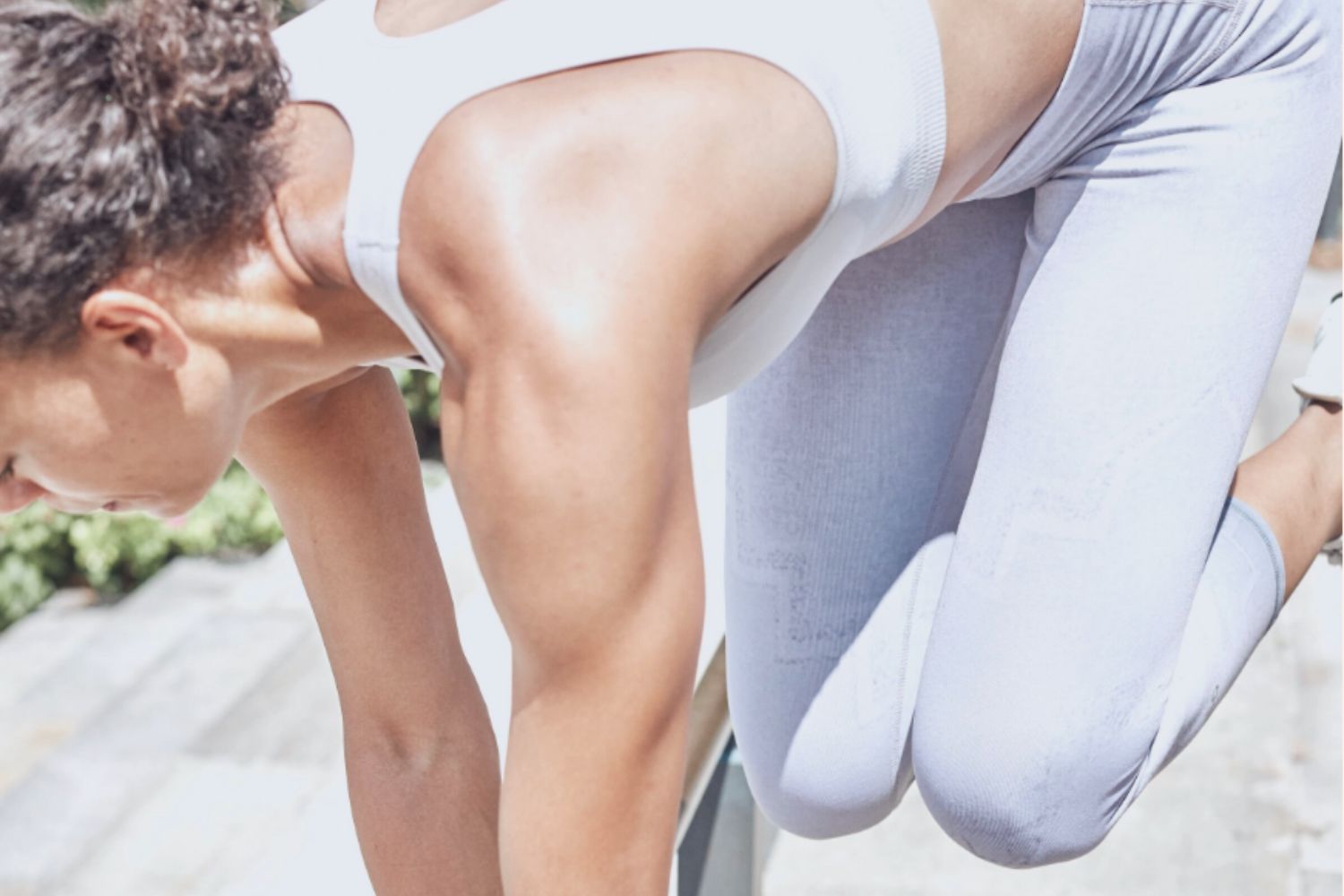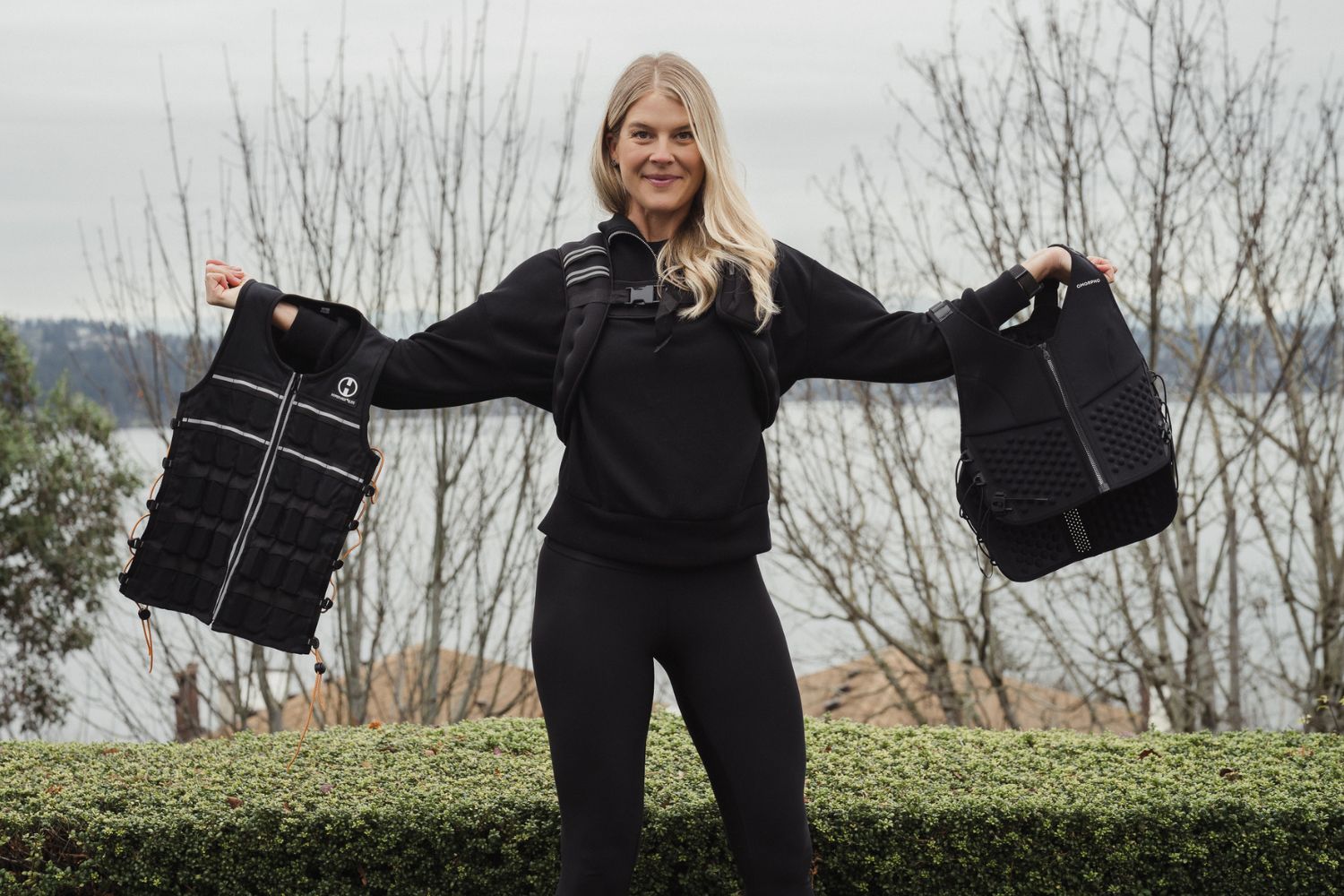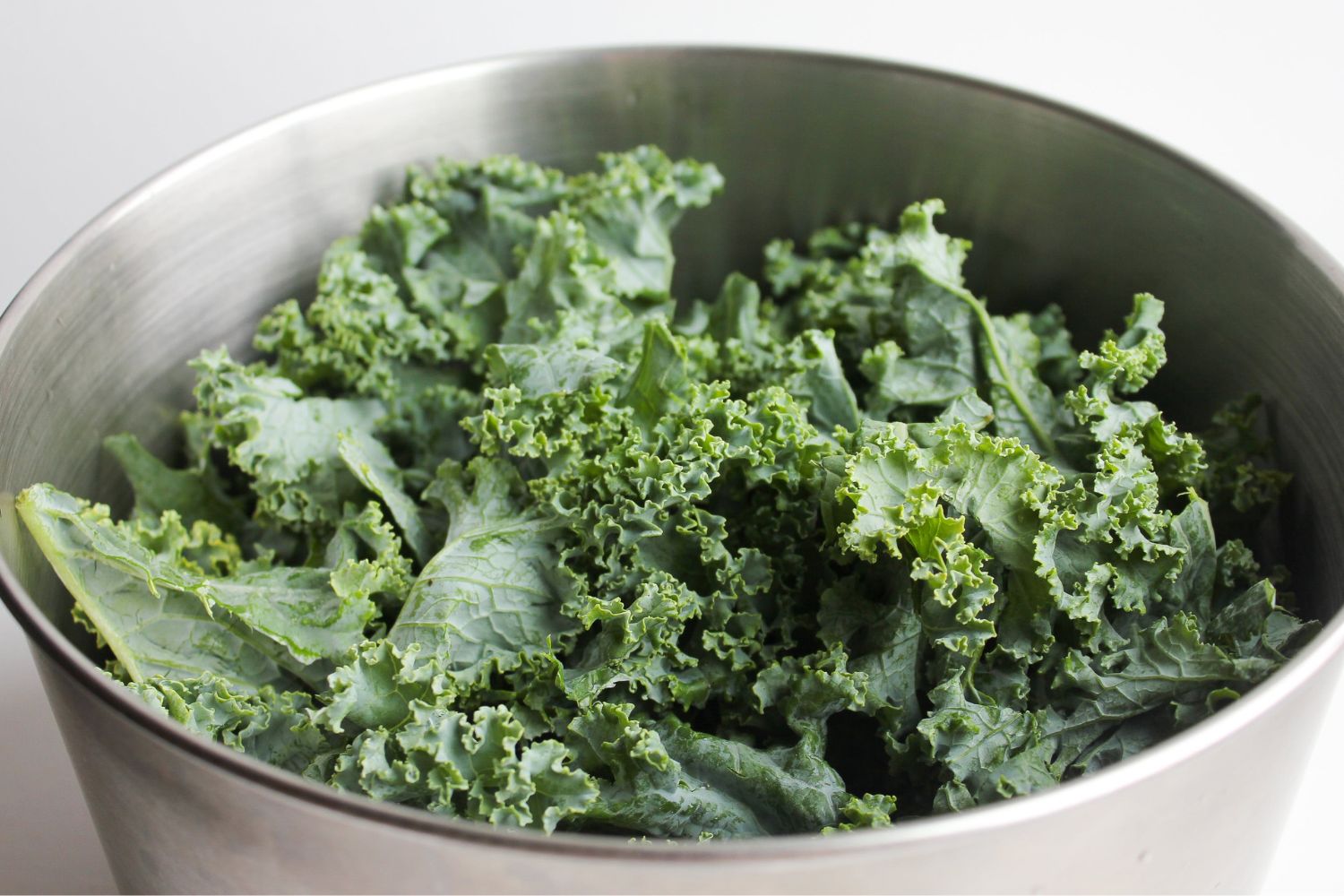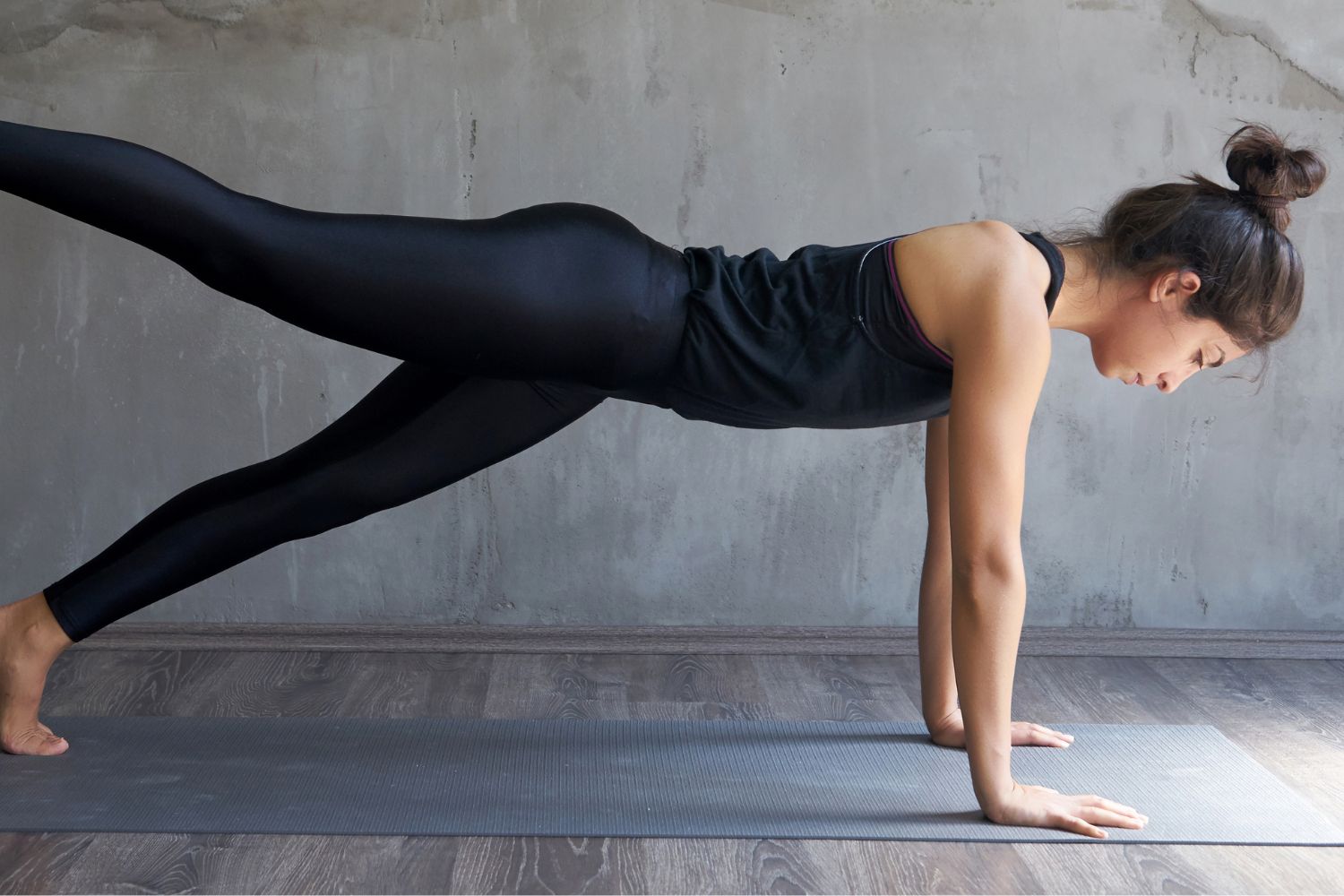
Pilates vs. strength training: Which is better for our bodies?
Fitness, like fashion, has its fads that come and go. From the Jazzercize craze of the 1970s to step aerobics, spin classes, Zumba, CrossFit, and yoga, almost every decade has had a workout trend that defined it.
Fast-forward to today, and Pilates is having a major moment. According to Class Pass, it was the top fitness trend for 2023 and 2024, and it doesn’t show any signs of slowing down in 2025. Women (and men) are turning to the low-impact, high-intensity workout for lengthening, strengthening, tightening, and toning muscles while improving posture, flexibility, and balance. However, some experts caution that Pilates is no substitute for good old-fashioned strength training when it comes to preventing the loss of muscle mass and bone density that occurs with aging. Middle-aged women, in particular, are encouraged to get off the Reformer and get into the weight room if they want to offset the changes that occur during the pre- and post-menopausal years.
As someone who teaches multiple fitness disciplines, including traditional strength training and Reformer Pilates, I believe that anything that gets you off the couch and gets you moving is a good thing. I also believe that there is no one-size-fits-all approach to fitness, and that you can — and should — incorporate multiple activities that you enjoy. However, when people ask me if Pilates “counts” as strength training, my answer is “yes, sort of, but not exactly.”
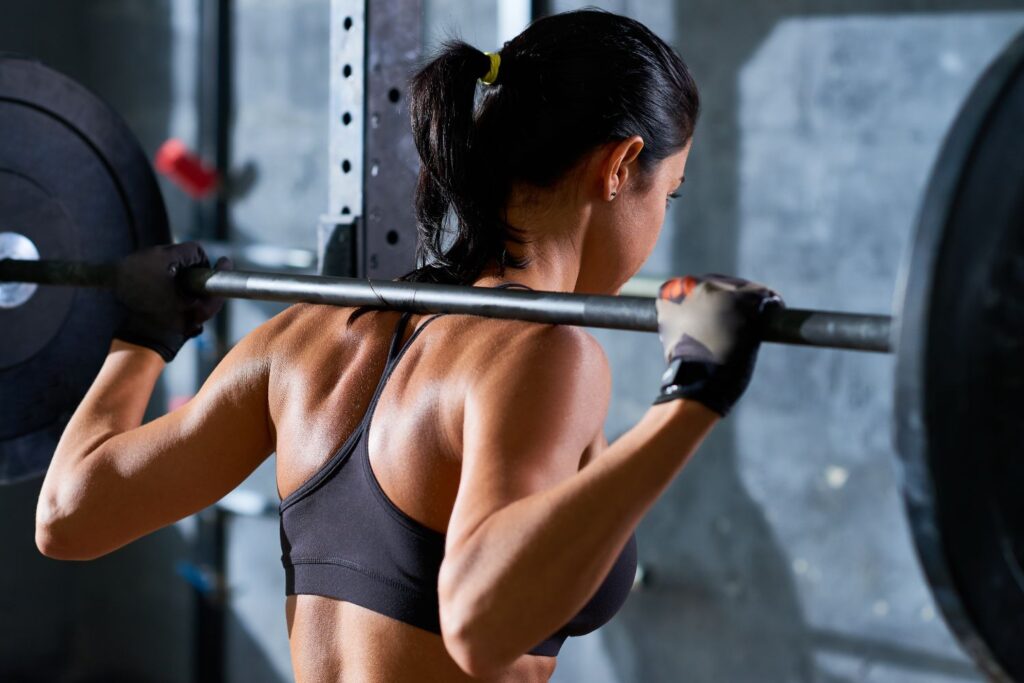
What is strength training?
To understand the trending “lifting vs Pilates debate,” it is important to understand what we’re talking about when we talk about strength training. Traditionally, effective strength training involves lifting heavy weights and pushing the muscles to the point of failure. Progressive overload, through the increase of weight or reps, prevents plateaus and generates muscle growth by forcing the body to adapt to the increasing demands being placed on it.
The result is not only an increase in muscle mass, but also in bone density. Why does that matter? Because women become more susceptible to osteoporosis after menopause, thanks to the loss of estrogen. In fact, according to the BHOF (Bone Health and Osteoporosis Foundation), a whopping 80% of the estimated 10 million Americans dealing with osteoporosis are women. Couple weak, brittle bones with a lack of muscle strength, and the risk for falls and injuries increases significantly.
According to May Al-Araji, MBChB, a women’s health and family medicine expert at Mayo Clinic Healthcare in London, if you aren’t strength training by middle age, there’s no better time to start.
“Weight-resistance exercises are really key for bone health,” says Dr. Al-Araji, who cautions newbies to start slow to avoid injury. “It’s all about resistance. You build it up gradually.”
“But I use resistance of the Reformer,” you say. “Why doesn’t that count?” Well, again, it does, but not exactly.
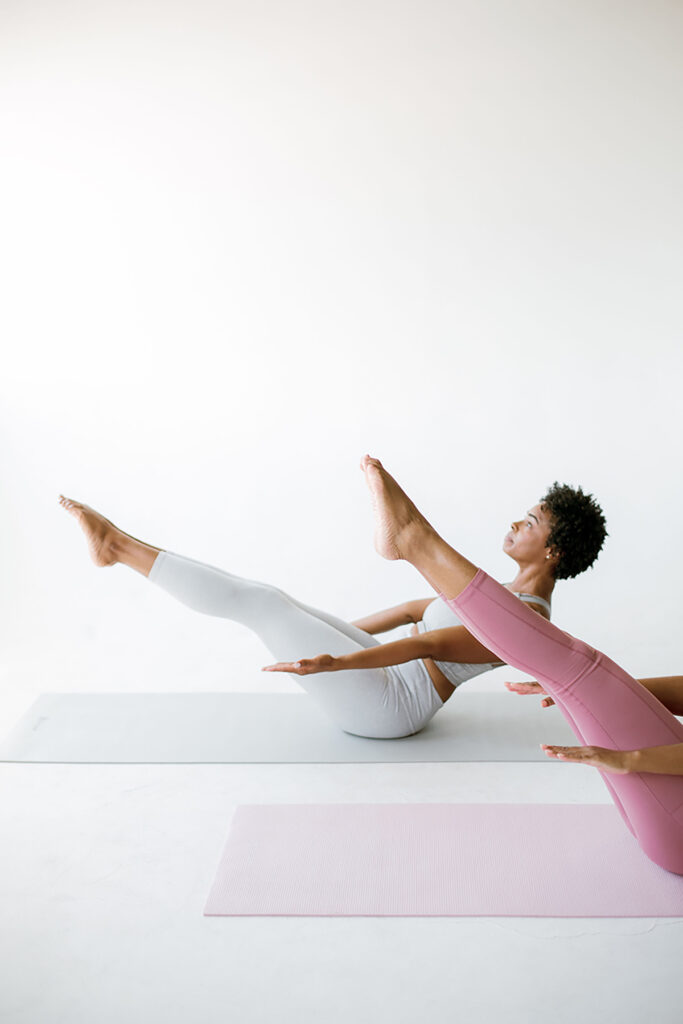
The power of Pilates
Instagram and TikTok feeds are filled with tight, toned, young women wearing matching Alo sets, and clutching an Owala bottle on their way to the Pilates studio. But while the whole #pilatesprincess vibe may be partly to blame for the pushback, the truth is that Pilates is not an easy workout. But don’t take my word for it. Google #mendoingpilates and watch videos of male athletes and bodybuilders struggling to stay in a carriage lunge for two minutes.
The main difference between strength training in the gym and using a Pilates Reformer is time under tension. Both require you to move against resistance, but where traditional strength training focuses on the contraction (concentric motion) of the muscle, Pilates focuses on the extension (eccentric motion). Each Pilates move is performed as slowly as possible. The shakes that result from that movement are more about muscle endurance fatigue than muscle failure. That’s not to say you aren’t building strength, but it’s a different type of strength that tends to be core-focused and more functional than powerful.
So, while you can expect to see improved posture, balance, flexibility, and mobility from hitting the Reformer regularly, you probably won’t experience a significant increase in muscle power or mass. That is even more true if you are a fan of mat Pilates, which relies primarily on the resistance of your body weight to perform the movements.
You can have your strength and Pilates, too
In the world of fitness, we are consistently bombarded with information on the “best” way to stay in shape and ultimately age well. Unfortunately, that information can be as confusing as the choreography in a spin class. And, like that choreo, just when you think you’ve got it, something new is thrown into the mix. Experts tell us to “get 10,000 steps, prioritize protein, do cardio (but not too much), lift heavy (but don’t bulk), and get those 7–8 hours of quality sleep every night.” It’s a lot to digest, and the recent chatter around whether or not Pilates “counts” towards your weekly strength training goals just adds to the noise.
Personally, I don’t think it has to be one or the other. Traditional strength training and Pilates play very well together and benefit the body in different yet complementary ways. The balance, core strength, and body awareness you build in Pilates can help you lift heavier in the weight room, while the strength you build in the weight room can help you stay stabilized on a wobbly Reformer. Plus, the combination of increasing mass in the gym while lengthening the muscles in Pilates results in a physique that looks toned and muscular without being bulky (if that’s the aesthetic you’re after).
The bottom line? Exercise should relieve stress — not cause it. The “best” exercise for your aging body is the one that you will commit to with regularity, and that makes you look and feel your best. Whether you hit the weight room or the Pilates studio, you’re benefiting your overall health, and that’s what matters most.

